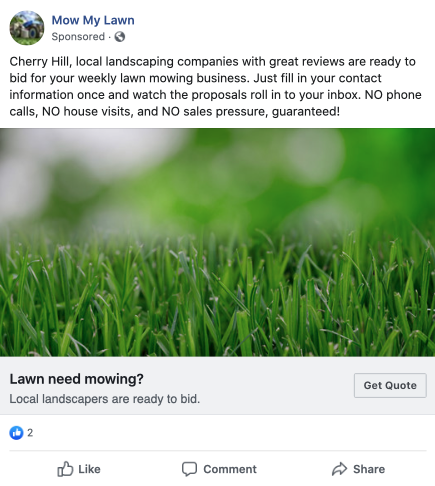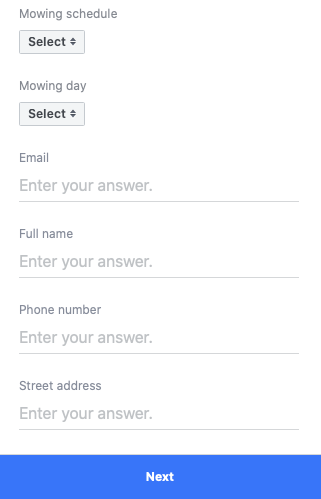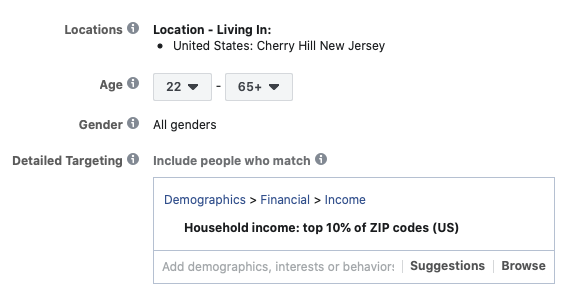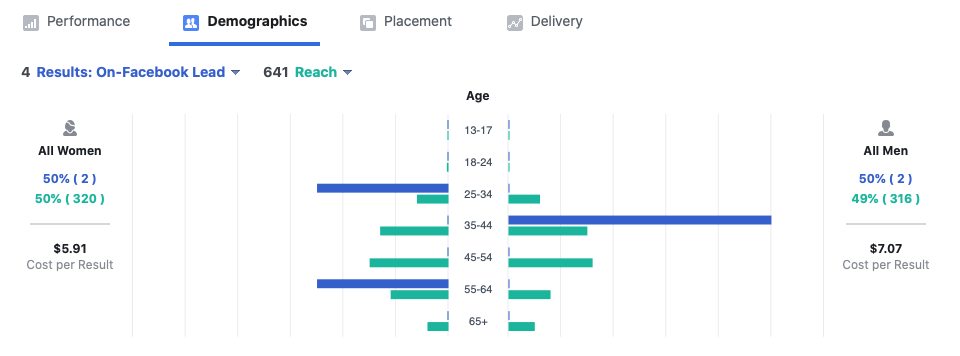
I’ve met a lot of product-minded startup founders over the years. There is a huge difference between the ones who succeed - especially over and over again - and the ones who peter out.
Startup founders who succeed tend to buy into the lean startup methodology, which encourages founders to first question if a product should be built, and only then focus on if it can be built and how. This means focusing first on validating product/market fit as quickly and inexpensively as possible, followed by ensuring there is a path to growth and profitable monetization based on that fit. Through all of this, successful founders avoid building out as much of the actual product (or business at large) as possible.
Sounds great, right? But it’s tough in practice, so let’s dive in to a real-world example. For this, I’ll point you to a startup idea I had a couple years back which I had little interest in building personally, but decided to validate merely to practice the art of the process.
The problem
Contracting with reliable and affordable home maintenance services
The market
Affluent and busy suburban home owners
The pitch
In 2020, consumers discover most products and services digitally and procure them immediately. And they do this without being hounded by salesmen calling or knocking on doors. Millennials find it jarring that many basic home maintenance services - like lawn mowing provided by landscapers - still operate the “old way”. They’re largely discovered through local ads or word of mouth, give quotes verbally or on paper, and are ridiculously tough to schedule with. And these problems are huge time-wasters for both the service provider and consumer. What if it were as easy to get a quote for and schedule a lawn mowing service as it is to hail a ride via Uber?
While the idea intrigued me, I wondered:
- Am I biased or do other home owners feel the same way?
- Is it just millennials or would other generations be interested?
- Would the idea even be profitable and, if so, at what margin?
How would I even begin to test all of that in an efficient manner?
Now, I highly encourage putting yourself out there and asking people for feedback on your ideas. However, you’ll find you can’t rely solely on this approach. Aside from the sheer amount of time it takes, hitting networks of people and locations you’re most familiar with will also leave you with feedback that is biased. At best your demographics will be skewed and at worst you’ll get sugar-coated feedback from those closest to you.
Facebook to the rescue. Facebook allows you to quickly create ads, test them against key demographics and psychographics, demonstrate a reasonable level of commitment (or disinterest) from those who see the ad, and do all of this in a way that ensures the audience has no connection to you personally.
1. Create the ad concept.

The cruder it is the better! Do not spend more than 15 minutes on it, but do make sure your value proposition is clear. After all, if you see positive results from this, just imagine what will happen as you continually improve your messaging and branding. And if you don’t, at least you you’re not wasting time refining a test just to learn of its failure.
2. Decide what you want your “call to action” to be.

For these types of early tests, Facebook’s lead forms are fantastic. With a lead form, you do not need to build a website to which a user will click through. Instead, a form displays directly inside Facebook. Furthermore, this form demonstrates a significant level of interest on the part of the user, seeing as how they’re willing to fill out some detailed and personal information about themselves in order to benefit from your product. This isn’t exactly the same as handing over a credit card, but it’s pretty close; it’s what marketers would often refer to as a Marketing Qualified Lead or MQL.
3. Decide who should see your ad.

The options here are mind-boggling, but try to keep things simple for your first test. 
4. Run your ad and check back.
Start with a low budget and turn your ad off quickly. You’re not looking to gain by-the-book statistical significance; you’re just looking to quickly and inexpensively get a sense of whether or not your idea might have legs.
5. Decide on next steps .


In my case, the results above - while not statistically significant - are quite encouraging! With less than 30 minutes of my time and $26, I was able to reach 641 people and discover some key insights:
- 4 of them became Marketing Qualified Leads
- Each MQL from this broadly targeted audience ran me approximately $6.50
- Millennial women and Gen X / Xennial men found the offering particularly appealing
If I can refine my targeting and validate some statistical significance, then I very well may be able to prove that I am able to attain MQLs en masse at a cost of $5 each. Now, let’s assume that:
- The average customer will spend $900/yr on lawn mowing
- The average customer will use the service for 5 years (this is their lifetime value or LTV)
- The average customer and/or service provider will be willing to eat a 20% service fee ($180 x 5) for the ease of connecting and scheduling
- 1 out of every 5 MQLs turn into long-term customers, inferring a cost of $25 per acquired customer (our CAC)
A lot of assumptions, you say? Sure. We’ll want to identify lean approaches to prove/tweak the above as well. And we’ll want to consider other factors, like how big the market itself is (i.e. how large can such a business reasonably grow). But once we do these things, we have the beginnings of a solid business plan - a plan that very well might demonstrate an achievable CAC of around $25, a LTV of nearly $1,000, low operating expenses, and an enormous market with lots of potential customers. This is the kind of evidence and plan which ultimately leads to buy-in from early investors, partners, and employees. From there, it’s off to the races.
In the steps above, I focused on Facebook as a tactical source for feedback, but there are many. For example, in a B2B context one might leverage LinkedIn more. All of the same concepts apply.
Most of the time, you’ll discover you’ve stumbled on a good idea, but don’t have a viable business model to support it. Don’t let that get you down! If you’re creative, you’ve got a lot of ideas and multiple monetization approaches for each. What you need is a methodology and a tactical playbook that helps you focus on the right ones and iterate from there. I hope this post demonstrates how valuable (and frankly, easy) it can be to both start and stick with a lean startup methodology.